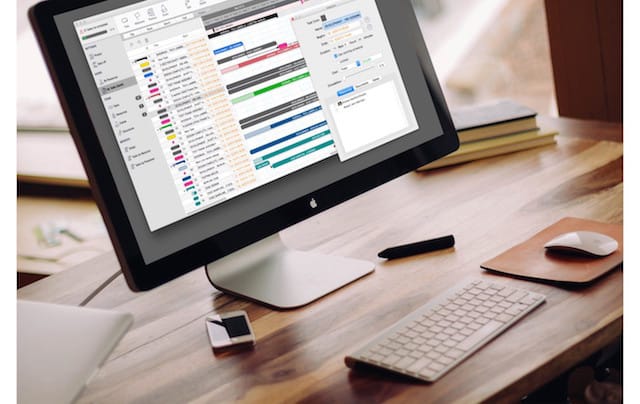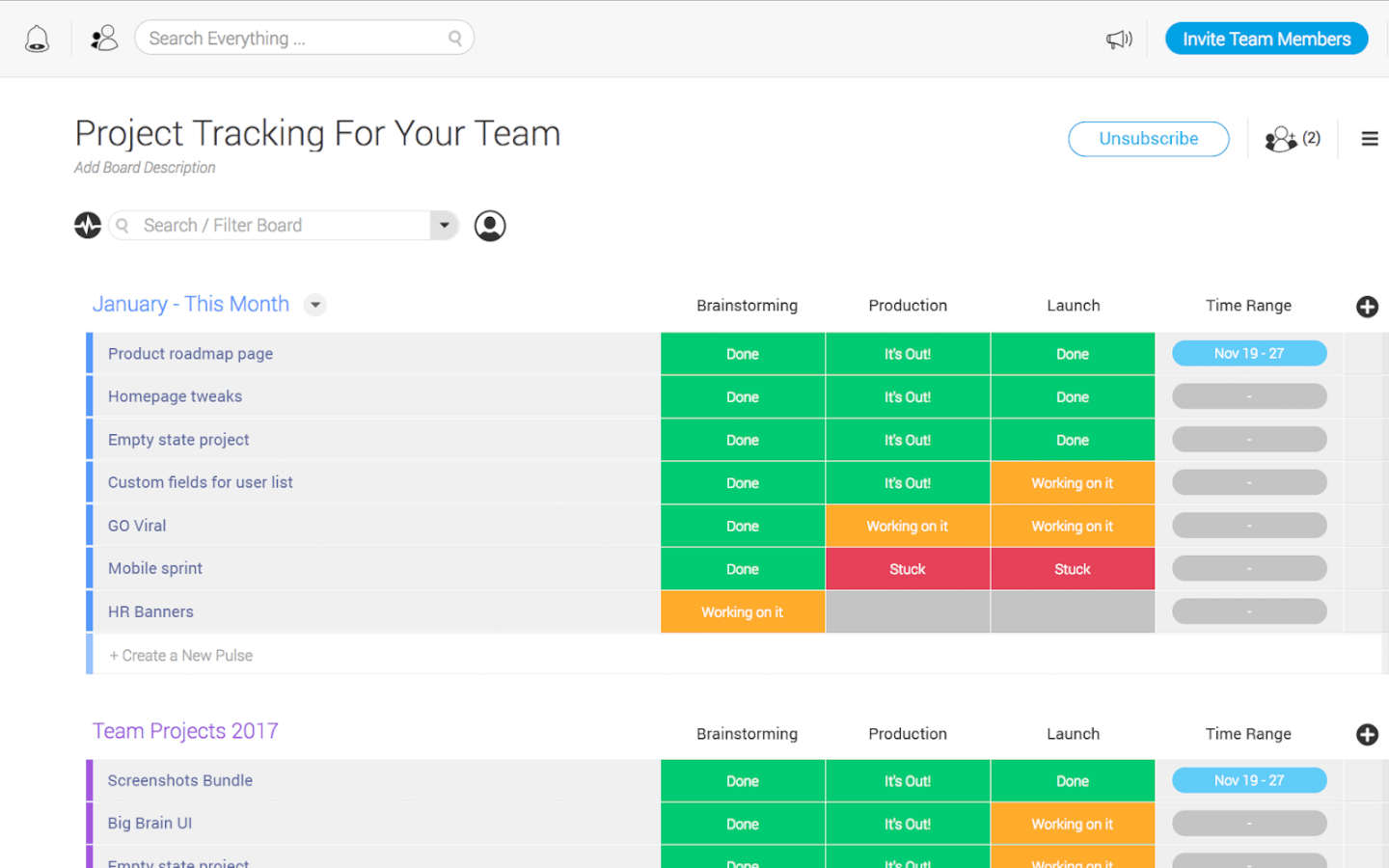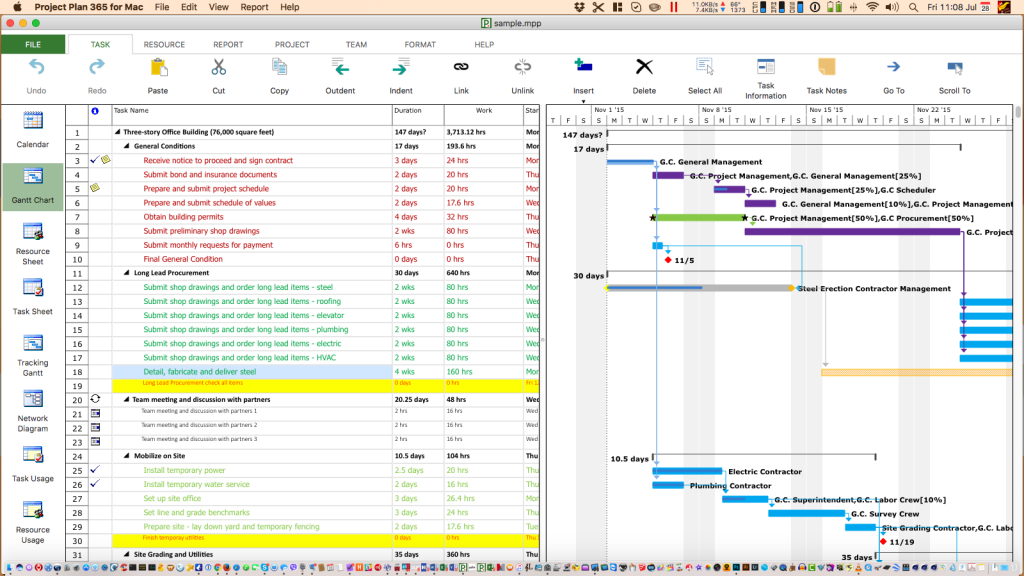
- How to install microsoft project on mac how to#
- How to install microsoft project on mac for mac#
- How to install microsoft project on mac update#
- How to install microsoft project on mac full#
Change the Download Method to 'Web Browser' instead of 'Download Manager' and click the Continue button at the bottom of the window.
How to install microsoft project on mac for mac#
Find your Office 2019 for Mac product in the list and click its Download link. Download Information File Size: Not Available.
How to install microsoft project on mac full#
Paid Microsoft Mac Version 1.0 Full Specs. If you’re installing Office 2019 on Windows, all you have to do is right-click the installer, select Run as Administrator, and following the instructions on screen. After you download the file, unzip it and run the installer. Visit the software downloads page on the UBIT website, select your device type (Windows or Mac), and pick Microsoft Office 2019 from the list of available software.
How to install microsoft project on mac how to#

Angular and Typescript: Can't find names - Error: cannot find name on Visual Studio 2015 – How to fix TypeScript TS2304 compilation errors (and other ES6 compiling/transpiling issues).JS on Windows 8: Disable Auto-Restart after Updates feature.Z on JavaScript – Remove XML-invalid chars from a Unicode string or file.Helder Alonso on Resize-Extend a disk partition with unallocated disk space in Linux – CentOS, RHEL, Ubuntu, Debian & more.a on Windows – How to list all Services using CMD and Powershell.



How to install microsoft project on mac update#
If you have other PATH and/or GUID that you would like to add to this list, write a comment about it and I’ll update the post. In case you also need the installation GUIDs, for example to retrieve some Office-related installation data from Windows Installer and/or Registry Editor, I’m also enumerating those (source: ): Office XP If you never heard of Click-To-Run installation mode, read here. The executable files have kept the same names since Office XP, which are the following:Ĭ : \Program Files \Microsoft Office \Office10 \Ĭ : \Program Files (x86 ) \Microsoft Office \Office10 \Ĭ : \Program Files \Microsoft Office \Office11 \Ĭ : \Program Files (x86 ) \Microsoft Office \Office11 \Ĭ : \Program Files \Microsoft Office \Office12 \Ĭ : \Program Files (x86 ) \Microsoft Office \Office12 \Ĭ : \Program Files \Microsoft Office \Office14 \Ĭ : \Program Files (x86 ) \Microsoft Office \Office14 \Ĭ : \Program Files \Microsoft Office 14 \ClientX64 \Root \Office14 \Ĭ : \Program Files (x86 ) \Microsoft Office 14 \ClientX86 \Root \Office14 \Ĭ : \Program Files \Microsoft Office \Office15 \Ĭ : \Program Files (x86 ) \Microsoft Office \Office15 \Ĭ : \Program Files \Microsoft Office 15 \ClientX64 \Root \Office15 \Ĭ : \Program Files (x86 ) \Microsoft Office 15 \ClientX86 \Root \Office15 \Ĭ : \Program Files \Microsoft Office \Office16 \Ĭ : \Program Files (x86 ) \Microsoft Office \Office16 \Ĭ : \Program Files \Microsoft Office 16 \ClientX64 \Root \Office16 \Ĭ : \Program Files (x86 ) \Microsoft Office 16 \ClientX86 \Root \Office16 \ Hoping to be useful, I’m setting up a public list of all the installation paths of the various versions of Office (from XP to 2016) for all Windows systems.Īll the applications provided by the Office suite ( Word, Excel, Outlook, Access, Powerpoint), if installed, can be found within the given folder(s).


 0 kommentar(er)
0 kommentar(er)
